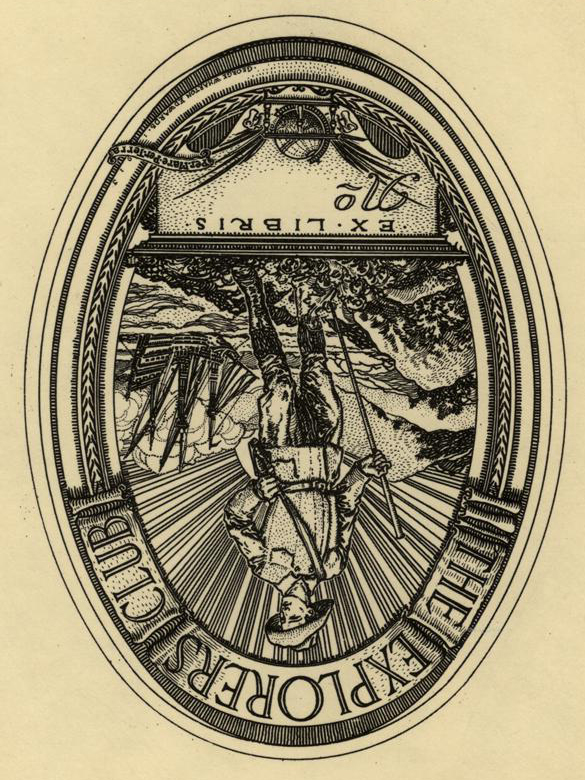Twenty Mushrooms of the Kuujjuaq Area
![]()
Fungi of the Kuujjuaq region, Nunavik, Quebec, Canada
Collections made 12-18 August 2007 by Lawrence Millman
In 2007, I received a grant from Nunavik’s Makivik Corporation to study the mushrooms in and around Kuujjuaq. This community, the largest in Nunavik, was ideally situated for mycological research, since it was both above and below the tree-line. Here are the results:
See also: The Kuujjuaq Project Report, and the Full Species List.
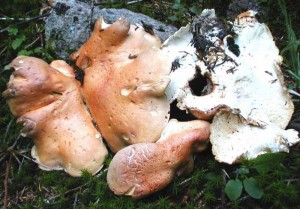
Albatrellus confluens
A relatively uncommon species. Although its smell is fragrant, its taste is usually bitter. Often found in clusters with fused caps.
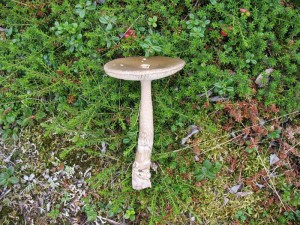
Amanita inaurata (Gilded Grisette)
Also known as Amanita ceciliae. Anyone who experiments with eating Amanitas risks a visit to the hospital.
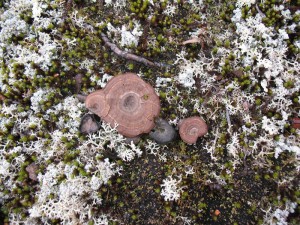
Coltricia perennis
One of the few polypores that has a symbiotic relationship with plant roots. Frequently found in disturbed habitats such as ATV trails, clearings and roadsides.
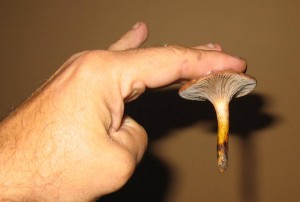
Gomphidius nigricans (Blackening Gomphidius)
A quite uncommon species. The slimy covering of G. nigricans serves as a kind of antifreeze in cold weather.
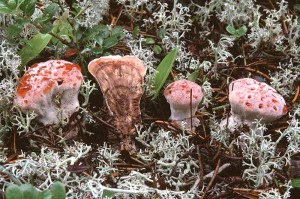
Hydnellum peckii (Bleeding Tooth)
This species grows exclusively with conifers. When fresh, it exudes bright red droplets, hence its common name.

Hygrocybe miniata (Fading Scarlet Waxy Cap)
As it looses moisture H. miniata fades from scarlet to orange or pale yellow. It grows in moss and wet places such as swamps and sphagnum bogs.

Inocybe lacera (Torn Fiber Head)
Poisonous. The genus Inocybe probably has the highest percentage of poisonous species of any mushroom genus.
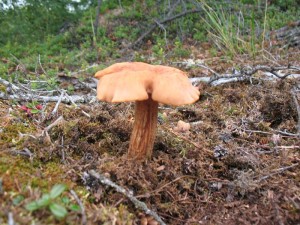
Laccaria bicolor
L. bicolor is more common in the West than the East, and more common in the subarctic than in temperate regions. Its mycelium uses a chemical to kill soil-dwelling nematodes, then sucks nitrogen from them.

Lactarius deliciosus (Orange Latex Milky)
Edible, but not really delicious, although Russians seem to like it. Several varieties occur, and most are very bitter.

Lactarius representaneus (Northern Bearded Milky)
This species has hairs on its cap that give it a bearded look. When its so-called milk (actually coloured water) oxidizes, the gills of L. representaneus have a lilac or purple colour. Inedible.
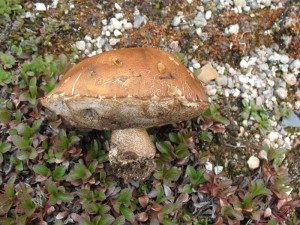
Leccinum insigne (Aspen Bolete)
A good edible. Despite its name, the Aspen Bolete commonly grows near birch in the North.
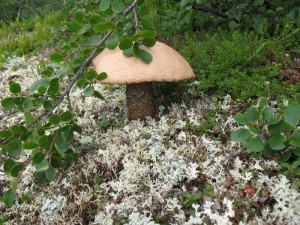
Leccinum scabrum (Birch Bolete)
An excellent edible and one of the most common mushrooms in the Kuujjuaq area. Gather young, firm specimens rather than soft older ones.

Lycoperdon gemmatum (Gemmed Puffball)
Edible when firm and white inside, but specimens showing any yellow should be discarded. Lycoperdon puffballs were traditionally used by the Inuit to disinfect wounds. Their Inuktitut name was pujoaluk.
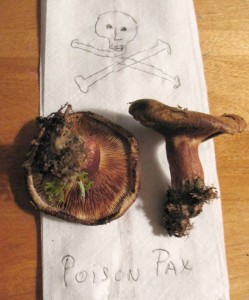
Paxillus involutus (Poison Pax)
Highly poisonous! P. involutus can cause hemolysis (destruction of red blood cells) and kidney failure if eaten raw, and sometimes even when it’s cooked.
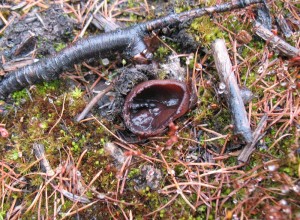
Peziza badia (Red Cup)
This cup-like fungus produces its spores in a pinball-shaped apparatus called an ascus. It grows both on the ground and on decayed wood.
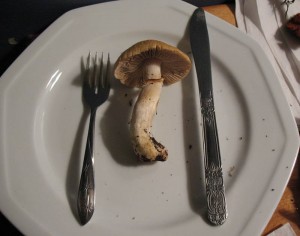
Rozites caperata (Gypsy)
Also known as Cortinarius caperata. A good edible but make certain that the gills are rust-brown in colour, as poisonous Amanitas have whitish gills.
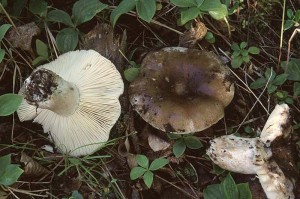
Russula adusta
Common in the North, less so in temperate regions, R. adusta bruises slowly pink, then grey. It can cause gastric upset, so do not eat it.
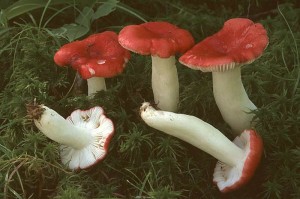
Russula emetica (The Sickener)
In the words of one mushroom expert, this species is “pleasing to the eyes of all, but to the stomachs of none.” It was once used to induce vomiting.
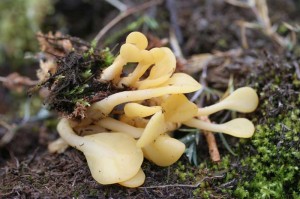
Spathularia flavida (Fairy Fan)
The paddle or fan-shaped “head” of this relatively uncommon species makes it distinctive. Like P. badia, it produces its spores in an ascus.
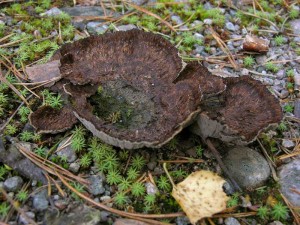
Thelephora terrestris (Common Earth Vase)
Not only does this mushroom have a somewhat unattractive fruiting body, but its mycelium parasitzes tree seedlings.
![]()
Proceed to the Project Report, or the Kuujjuaq Full Species List.

